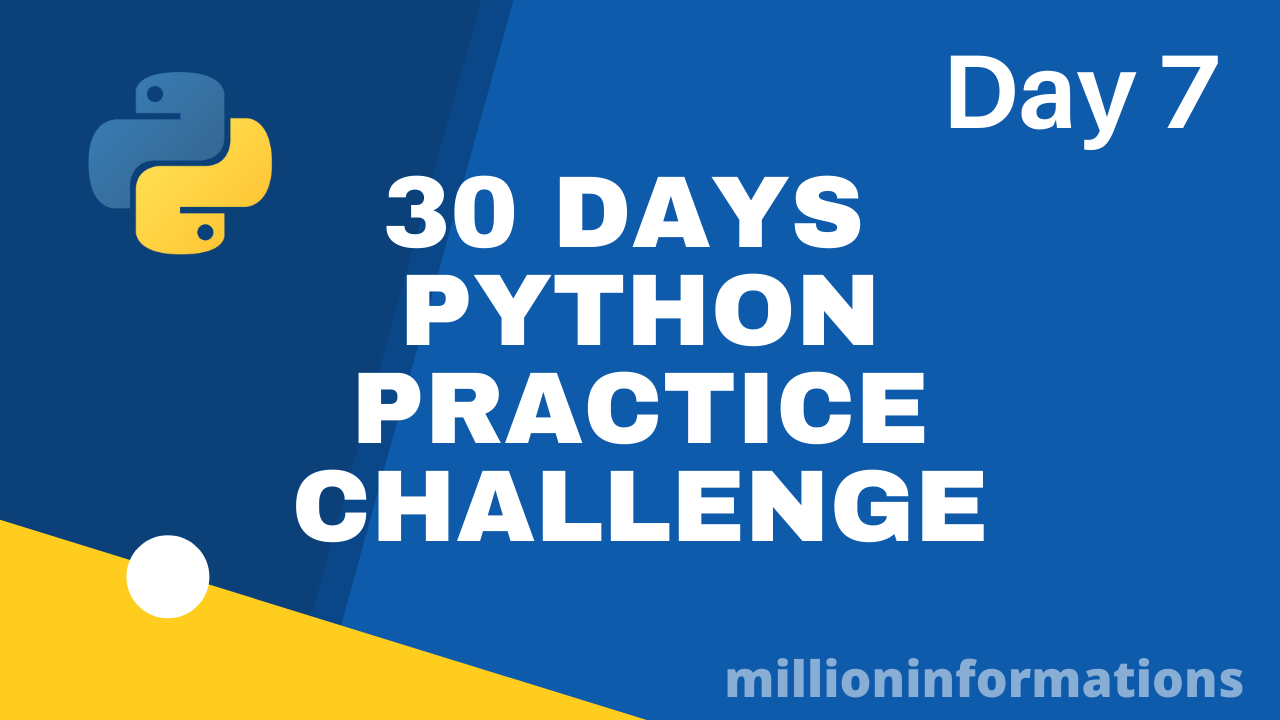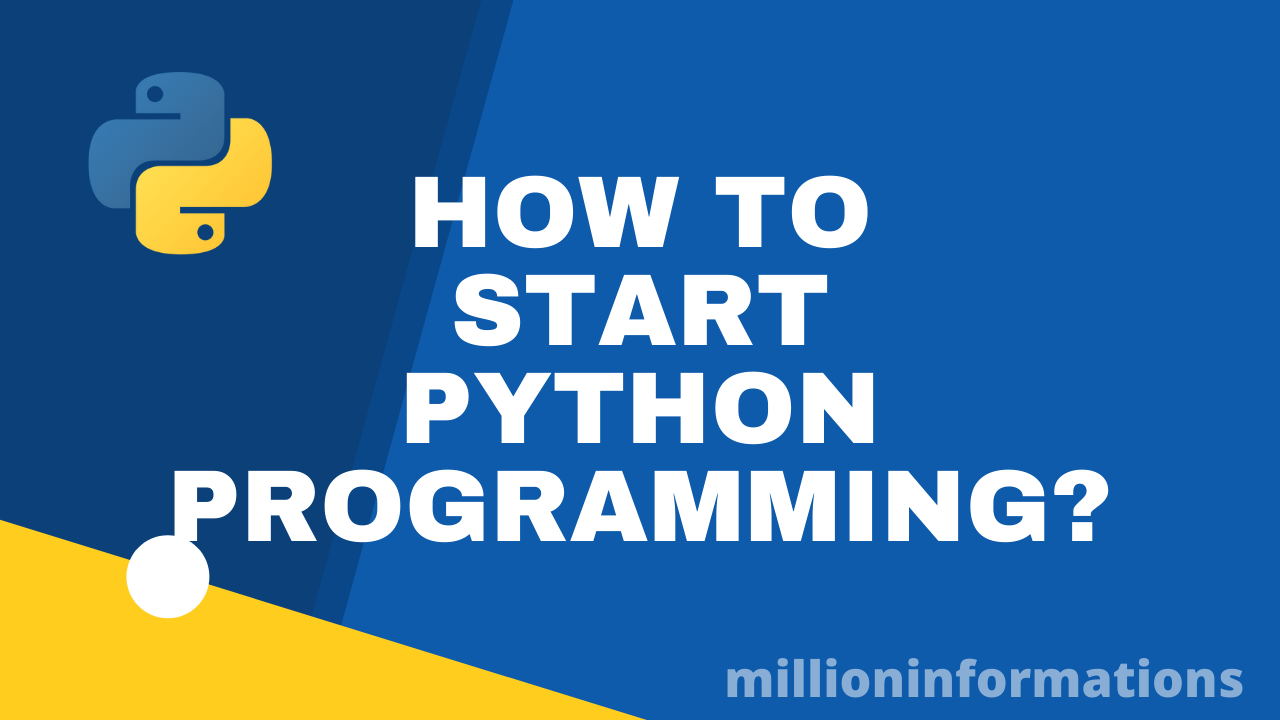Friday, 3 March 2023
A Beginner's Guide to Machine Learning: What It Is and How It Works
A Beginner's Guide to Machine Learning
Introduction:
Machine Learning is a buzzword that has been making rounds in the tech industry for a while now. It is a field of study that uses algorithms and statistical models to enable machines to learn from data without being explicitly programmed. In this beginner's guide, we'll discuss what Machine Learning is, how it works, and some of its applications.
What is Machine Learning?
Machine Learning is a subset of Artificial Intelligence that involves teaching machines to learn from data without being explicitly programmed. In other words, it is the process of enabling machines to learn by themselves. Machine Learning algorithms use statistical models to identify patterns in data and make predictions based on those patterns.
How Does Machine Learning Work?
There are three main types of Machine Learning algorithms: Supervised Learning, Unsupervised Learning, and Reinforcement Learning.
Supervised Learning: In Supervised Learning, the algorithm is trained on labeled data, which means that the input data and the corresponding output data are provided to the algorithm. The algorithm learns to map the input data to the output data, and it can then make predictions on new, unlabeled data.
Unsupervised Learning: In Unsupervised Learning, the algorithm is trained on unlabeled data, which means that only the input data is provided to the algorithm. The algorithm learns to identify patterns in the data and group similar data points together.
Reinforcement Learning: In Reinforcement Learning, the algorithm learns by interacting with its environment. It receives feedback in the form of rewards or punishments based on its actions, and it learns to take actions that maximize its reward.
Applications of Machine Learning:
Machine Learning has a wide range of applications in various industries, including healthcare, finance, retail, and more. Some common applications of Machine Learning include:
Predictive Modeling: Machine Learning algorithms can be used to build predictive models that can make accurate predictions about future events.
Natural Language Processing: Machine Learning algorithms can be used to analyze and understand human language, which can be useful in applications such as chatbots, voice assistants, and more.
Image and Video Recognition: Machine Learning algorithms can be used to recognize objects, faces, and other visual elements in images and videos.
Conclusion:
Machine Learning is a fascinating field that has the potential to revolutionize various industries. By enabling machines to learn from data, we can make better predictions, automate tedious tasks, and gain insights that were previously hidden. If you're interested in Machine Learning, there are plenty of resources available to get started.
.png)
.png)
.png)
.png)
.png)







No comments :
Post a Comment